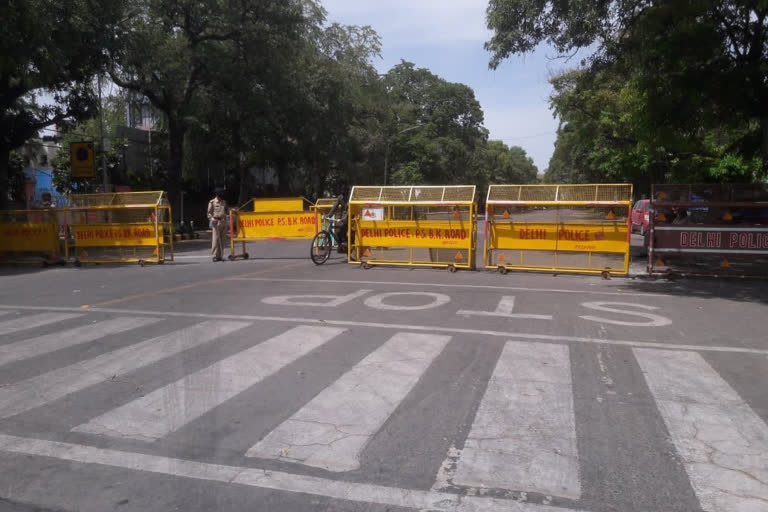New Delhi:The partial relaxation of the national lockdown to contain Covid 19 may only see a slow ramp up in industrial activity while some corporates may not restart operations immediately.
According to a research note by Jefferies, the partial relaxation of lockdown from April 20 comes across as a positive although it's limited to select manufacturing activities and e-commerce. Greater freedom has been allowed in rural areas.
"Our initial checks with corporates indicate that production ramp-up will be slow and constrained by demand. Another positive for rural activities is a forecast of a normal monsoon. Both these developments should be a partial relief for investor sentiments," it added.
The central government has proposed some relaxations to the nation-wide lockdown from post April 20. Key among these measures are opening up goods transport across country for all goods, waiver to the entire agricultural segment and its supply-chain, allowing industries in rural areas and in SEZs & designated industrial areas to function, starting construction works where labour is at site and allowing e-commerce full goods transport mobility.
These measures come as relief to the strict nation-wide lock-down in force since March 25, the report said.
The report notes that state governments and companies may slow restart. There are several caveats to the above relaxations triggering immediate economic revival. Key among these being state governments and local administrations taking a much stricter line given their local COVID outbreak situations, the note said.
Meanwhile, social distancing rules such as spacing of workers in transport, separation of shifts and no public transport would still apply. Urban areas are also struggling with loss of migrant labor which has gone back to villages.
Read more:RBI: Rs 50,000 crore refinance facility to NABARD, SIBDI & NHB
"Our feedback from companies suggest that restart of activities could be slower with likely sub 50% capacity utilization. Some corporate are indeed putting employee safety and well-being and are unlikely to resume operations soon," the report said.
Also, lack of opening up of retail channels, barring online and existing high inventories means that several industries would prefer not to open-up immediately, Jefferies said.
Care Ratings said in a report that the services sectors have no provisions to benefit from and will be the last ones to receive the same. Transportation services (like railway, aviation), education services, leisure, hospitality and entertainment services could be the last ones to be removed from the lockdown restrictions.
The second set of lockdown guidelines from the Ministry of Home Affairs should be looked at as an experiment in order to ease public hardships and gradually restart economic activities throughout the country while continuously working towards flattening the curve of the confirmed cases, it added.
A report by HSBC co-authored by Chief Economist Pranjul Bhandari said that gradually, from April 20 April onwards, select economic activity may be allowed to restart in areas where there is no COVID proliferation, or where the proliferation has been contained.
The good news is that Indian citizens have been following the lockdown orders so far, however, the economic costs are mounting.
"We estimate that 65% of economic activity, more than 50% of consumption and arguably all of investment will be impacted," HSBC said.
On the steps head for more easing, HSBC expects more social welfare outlays and a stimulus plan for small businesses, and more rate cuts and liquidity infusion by the RBI.
"We expect the government to increase health spending outlays, pay-up lingering dues to SMEs, re- prioritise fiscal spending, pay-off tax refunds quickly and provide more direct cash transfers to Jan Dhan Account holders. In terms of new steps, we expect some partial credit guarantees for small businesses and more outlays to help small businesses via Mudra loans," the report said.
The fiscal cost is likely to rise rapidly and several new measures may be needed to fund it - further enhancement in ways-and-means-advances (temporary loans to state and central government), forbearance on mark-to-market accounting in order to incentivize banks to hold g-secs, and more open market operation (bond purchases in the secondary market).
"If the funding gap remains wide after all resources have been fully utilised, the RBI could eventually resort to some direct monetisation of the fiscal deficit, as a one-off, although we don't expect an announcement on this in the near future," the report said.
(IANS Report)
